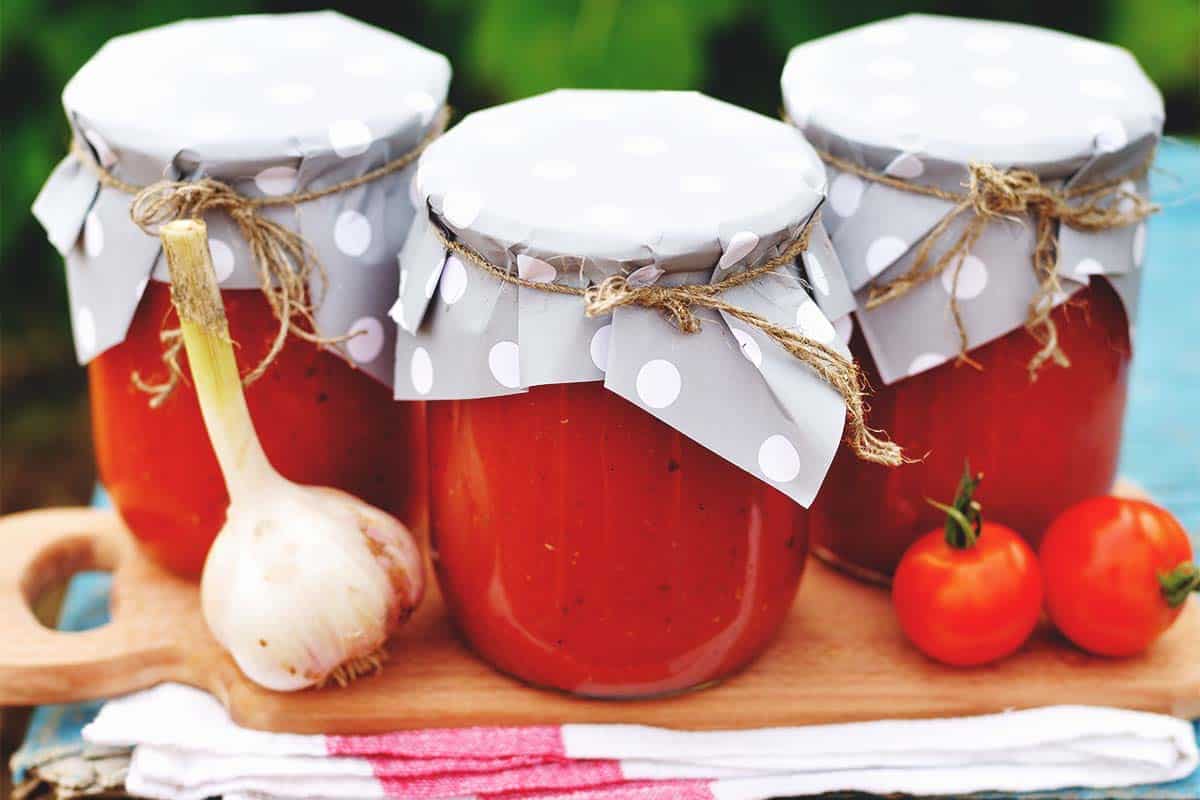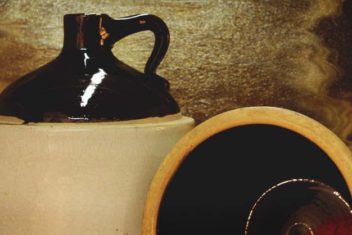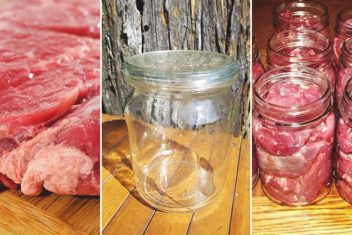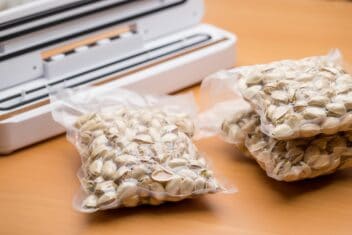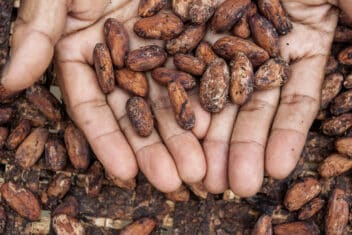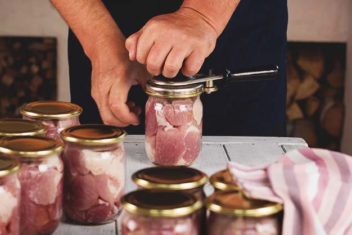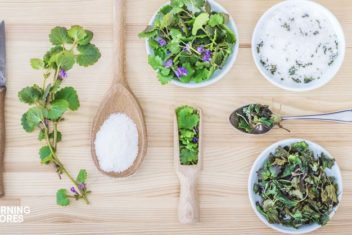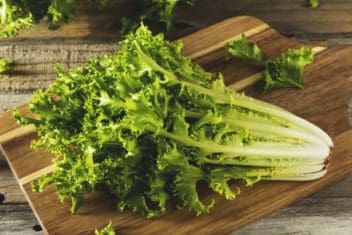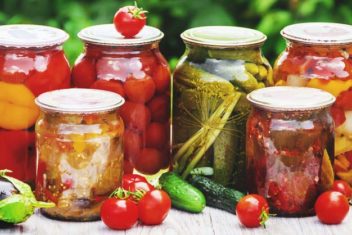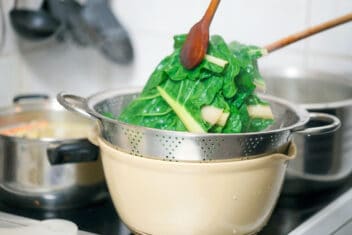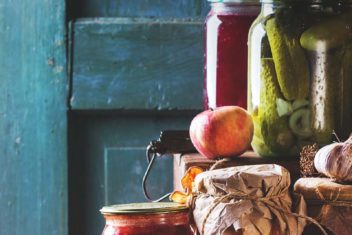Fall is an incredibly busy time.
Between trying to prepare your barns and chicken coops for the harsh conditions ahead to making sure everything is buttoned up in your garden, it can be tough to find enough time to sleep – let alone to can everything you harvested.
In fact, many people let their garden produce go to waste, so overwhelmed by the bounty that they decide not to bother canning it at all.
This is a big mistake.
Canning doesn’t need to be done in the fall!
In fact, you can easily extend your canning chords long into the winter and even spring months. There are plenty of items you can process in a canner in the spring, which will save you time in the busy season and prevent you from wasting a ton of money.
Here are some of the best items to can this spring – and why you should try spring canning as soon as possible.
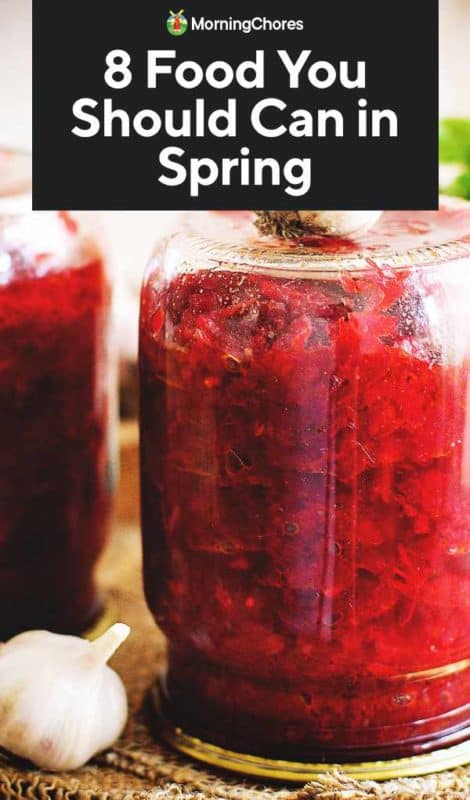
Best Items to Can in the Spring
1. Beets
Beetroot is a delicious and fast-maturing root vegetable that can be harvested in either the fall or the spring. In some places, you may even be able to grow beets throughout the winter, as they are remarkably cold-hardy.
In other locations, you may be able to harvest a crop of these quick-maturing veggies early. This could even be before you finish getting the rest of your garden planted.
There are two ways you may can beets – in a pressure canner or in a water bath canner. If you choose to can beets in a water bath canner, you will want to make sure you are canning pickled beets. Pickling requires the addition of vinegar. This will raise the acidity of the beets and make them safe for the water bath.
2. Chutney

Canning tomatoes leftover from the fall is a great way to use up the rest of your harvest – minus all the seasonal stress!
There’s nothing quite like a savory chutney to spice up the Easter dinner table! Whether you prefer mint chutney, tomato chutney, or even beetroot chutney, there are plenty of options for you to choose from. This spicy, aromatic condiment uses vinegar, sugar, and various types of fruits and vegetables. It’s usually safe for the water bath canner.
3. Garlic
Many types of garlic are ready for harvest in the early spring or summer. Garlic cannot be canned safely in a water bath canner, as it is a low acid vegetable. However, when you can it in a pressure canner, it often loses a lot of its pungent flavor. Therefore, most canning experts recommend pickling garlic and then processing it in a water bath canner instead.
4. Pearl Onions
Most cultivars of onions aren’t quick maturing, but if all you want is some pearl onions or shallot-sized onions, you’re in luck. You can easily can these in the spring!
As with garlic, the best way to process onions in a canner is to pickle them and then water bath them. This way, you’ll be able to enjoy the strong, pungent flavors without compromising safety or texture.
5. Peas
Peas are exceptionally cold-hardy and are some of the first garden vegetables to mature in the spring. Therefore, you may be able to get a jumpstart on your canning by starting with your peas. Peas should be canned in a pressure canner. However, you may be able to start processing them as soon as April or May.
6. Pickled Radishes
Radishes only take about three weeks to mature and they handle light frosts with grace. That means there’s a good chance you’ll be able to get a harvest sometime in the early spring. In fact, the sooner you harvest radishes, the better. They develop a woody taste and texture if left in the ground for too long.
If you plan on canning your radishes, go with pickled radishes. This is the safest way to process these crunchy treats without losing out on taste and texture.
7. Asparagus
Asparagus is a perennial vegetable. Plant it once, and it will continue to come back, year after delicious year. You’ll see the first tender shoots emerging as soon as the snow goes away. Once they do, you can start harvesting and canning them. Again, asparagus is a low-acid vegetable, so pressure canning is recommended.
8. Strawberry Jam
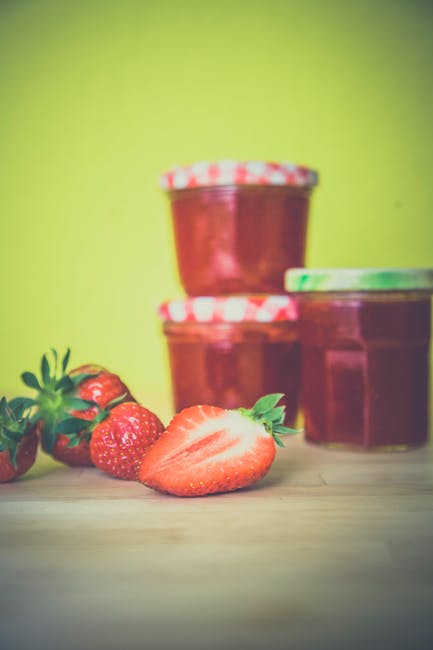
Strawberries are some of the first fruits to appear in the spring. You can make just about any kind of strawberry recipe to be processed in your canner. However, the best option is to make a big batch of strawberry jam. Not only will it make the perfect addition to your pantry, but it will make a fantastic gift later on, too. Plus, strawberry jam can be processed in a water bath canner.
Not into jams or jellies? You can also make strawberry relishes, chutneys, sauces, and syrups, too.
…Anything Left From Last Year!
Too many tomatoes to process this fall? Don’t worry. Stick them in the freezer. If you have any kind of produce, in fact, that you simply don’t have time to can, you probably won’t suffer a major loss in flavor and freshness by forcing them in a deep freeze.
While I mentioned tomatoes specifically, you can do this with practically any kind of produce. Tomatoes just happen to work well and are incredibly versatile, as they can be used in soups, sauces, chutneys, and jams. When your quieter seasons roll around, simply pull the produce out of the freezer and fire up the canner!
Tips for Springtime Canning

Make sure you follow specific recipes, especially when it comes to water bath canned items like the pickled beets and onions above.
1. Standard Canning Rules Still Applies
The rules for canning in the spring will be the same as they are when you are canning in the fall. For instance, you will not want to use jars larger than a quart or recycle old jars from around the house that aren’t designed specifically for canning. It can be tempting to do this to save money and time. However, you will have to worry about jar breakage and food spoilage.
Don’t reuse jar lids, either. Used lids won’t seal reliably. You should inspect your canning equipment each season to make sure it’s clean and in good shape. Make sure your jars, in particular, do not have any cracks.
Water bath canners can only be used to process high-acid foods, like fruits, tomatoes, sauerkraut, pickles, jams, jellies, and rhubarb. You have to use a pressure canner for low-acid foods like meat, vegetables, and stews.
2. Always Follow a Recipe
Make sure you follow a tried-and-true recipe when it comes to springtime canning. You may want to get creative and try adding things to your recipes to spice them up, but this is not safe.
You can usually get away with adding or removing a few herbs here or there. However, once you start messing with portions of vinegar, water, and other essential ingredients, you are going to be playing with fire.
Don’t cut down on processing items, either. While it’s usually safe to overprocess a batch of canned goods – at the very worst, you might see a decline in flavor or texture – undressing can lead to improper seals and food contamination.
3. Use Seasonal Vegetables
Either use seasonal vegetables or those that are at the peak of freshness, if you can. Of course, if you’re canning produce that you froze just to get you by until your schedule cleared up, you won’t have much of a choice here. However, if you are given the option, choose vegetables that are as fresh as possible.
Why Should You Try Spring Canning?

Canning in the spring, whether it’s tomatoes, beets, jams, strawberries, or chutneys, is a great way to make the most of your time and money.
The most obvious reason to give spring canning a try is that it will save you time in the fall. Late winter and early spring, though inherently busy with tasks like starting seeds and getting the animals out to new pasture, are much less busy than the fall. You don’t have inclement weather to contend with as you’re rushing to bring in a harvest, nor do you have to worry about the approaching holidays.
It is simply more efficient. If you’re thinking that you have no way to preserve your harvest and store it until you’re ready to can, think again. There are plenty of ways to keep things fresh (or at least moderately fresh) until you’re ready to work with them.
Plus, spring canning can be much less expensive than fall canning. Think about when you usually see canning supplies advertised at the grocery store. It’s probably in the late summer or early fall, right?
As a result, these items have automatic mark-ups on their price that can make them more costly. While items like jars and rings can be reused for several canning seasons in a row, other items – like lids and pectin – cannot. If you’re willing to wait a few months to do your canning, you could save a fair amount of money.
Finally, if you’re thinking that harvest time only exists in the fall, you would be pleasantly surprised to learn that there are plenty of fruits and vegetables that mature in the spring. From garlic to asparagus, strawberries to radishes, there are all kinds of plants that are at their freshest first thing in the spring.
So what are you waiting for? As the weather warms up this spring, don’t sit idly (read: impatiently!) by waiting for the ground to heat up so you can plant. Instead, try canning one of these popular items this spring.
